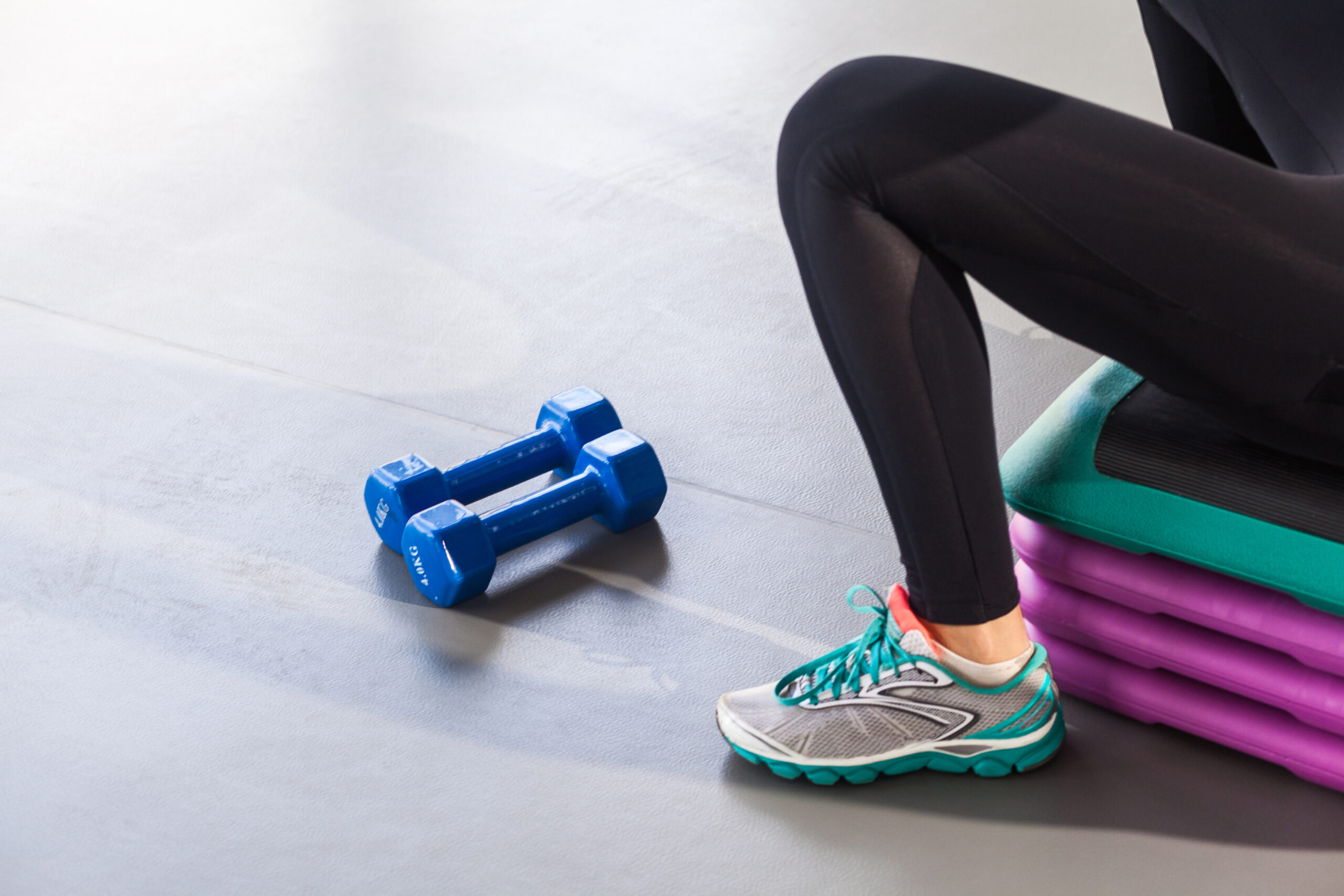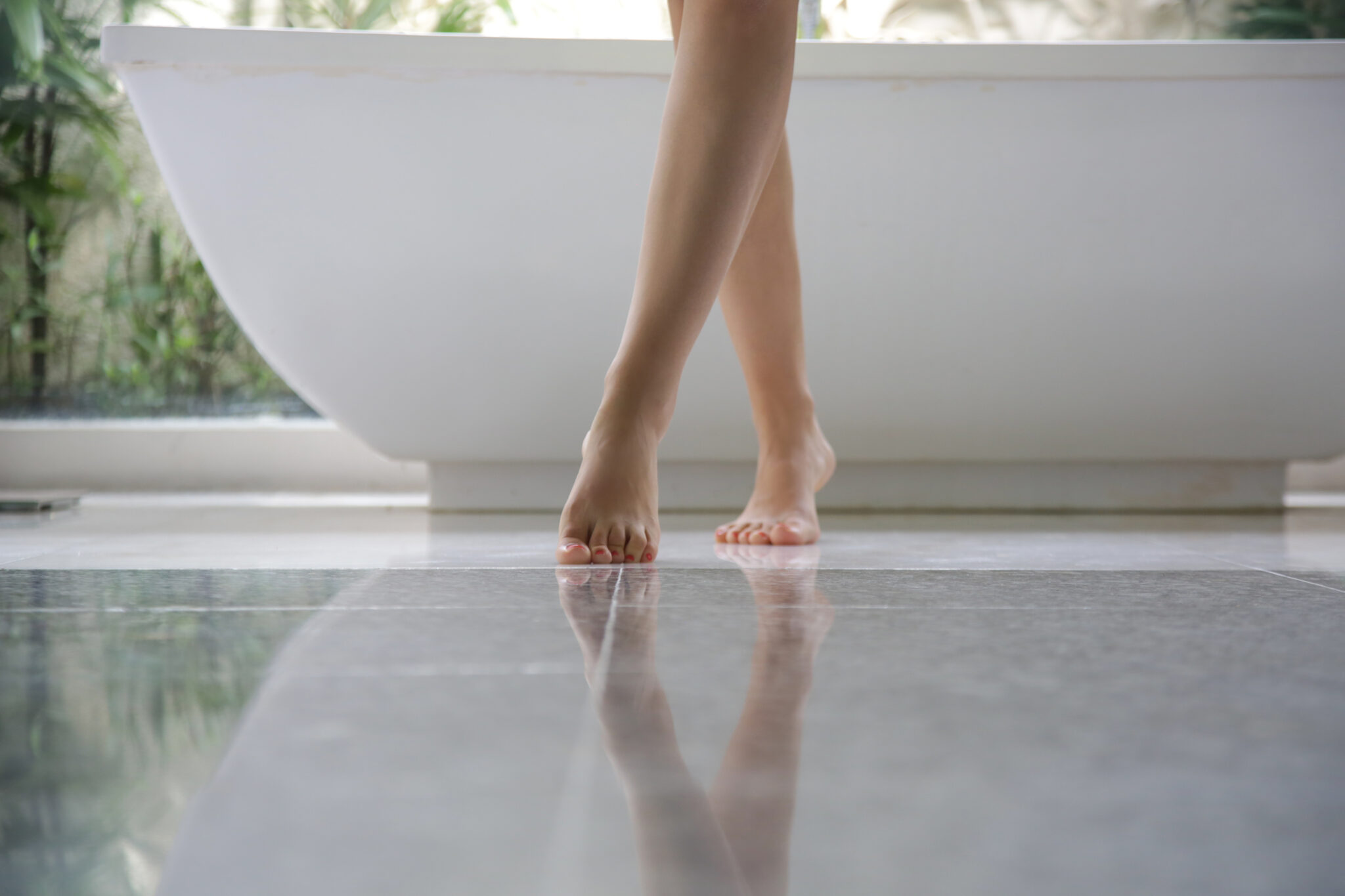
Bathroom floors that are heated can feel luxurious, but they don’t need to be expensive. Here are the benefits of purchasing and running an electric floor heating system. Plus, installation tips for different types of floors.

The cost of keeping a bathroom warm varies, but in most cases heating only costs pennies per day.
One of the best ways to save energy with a floor heating system is by installing a programmable thermostat. This allows the homeowner to turn on or off the system depending on needs and weather conditions.
A prefabricated heating mat can be installed quickly and inexpensively to warm a bathroom floor.
This roll features electric cables embedded in a serpentine pattern, with a green mesh that helps protect the cables during installation.
Bathroom floor mats or rolls are most commonly installed by laying them in thinset beneath a new tile floor.
First, you must clear the subfloor of any debris. This means ensuring there are no staples or nails protruding from it that could damage the heating element.
Next, use a digital ohmmeter to test the heating element. It must be within 15 per cent of the value marked on its UL label.
Then, following the directions on the installation plan, roll out the heating mat with the cable face down. When the end of a run is reached, cut the mesh (not the cable) and turn the heating element to continue installation. The cable can be used to form a web, looping around corners and pillars as you go.
If the homeowner’s thermostat is compatible with a floor sensor, install it at this time by placing it parallel to two heating cables (but not over them).
It is important to secure the sensor with hot glue so that it will not move when thinset or self-levelling cement is applied.
Once the heating element is installed and tested, have an experienced electrician connect it to the thermostat according to instructions provided with that device.
To heat floors under tile, stone or nailed hardwood boards, use loose cable.
Ceramic and porcelain tiles are the most popular materials for heated bathroom floors.
However, electric floor heating is suitable for many different flooring types including ones that are more delicate or prone to moisture like marble and laminate.
Since water is likely to find its way on the floor in a bathroom, consideration should be given to waterproofing both the subfloor and any heating system installed into it.